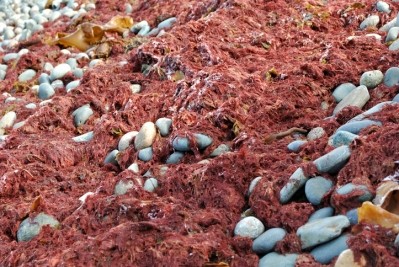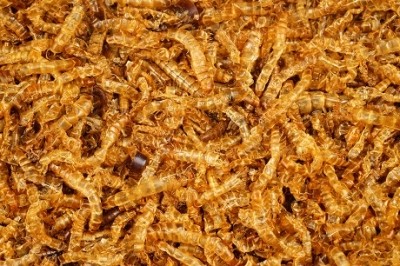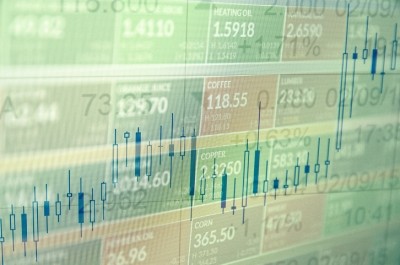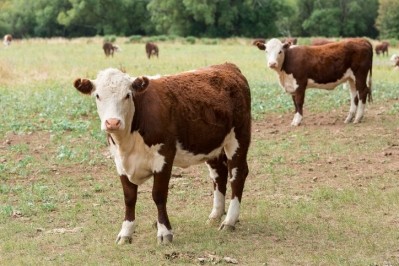Collaboration may be key to future feed sector profitability

That is according to Chris de Lavigne, leader of KPMG’s agribusiness strategy team in Singapore, who has been studying the key drivers for change, and how businesses have been adapting to these.
The key trends he has identified – price volatility, environmental pressures, protein supply - stem from mounting pressures on the animal industry that have been filtering down to feed manufacturers and additive companies.
Amid continuing growth, especially in developing markets, these drivers have prompted a number of “interesting opportunities” across the board, he said.
He was presenting on the topic at the Global Feed Summit in Bangkok last month.
“First and foremost, there has been quite a lot of price volatility on the market, which implies that companies might need to adapt and adopt new business models,” he told FeedNavigator.
Though fishmeal prices have recently been falling, they have still more than quadrupled since the mid-2000s, meaning that fishmeal alternatives are highly sought-after.
“All of these alternative proteins have been making their way into the markets—whether they are insect proteins, gas to protein, or whether it’s protein made from waste products. That also means that companies have to adapt to the market,” he said.
This will not be the only trend affecting feed alternatives, however.
With zinc oxide set to be banned in Europe in the next five years, other options will be needed that place an emphasis on animal welfare.
Compliance
Moreover, further issues of nitrogen and methane release into the environment need to be addressed, not least as companies could be penalized if they are not compliant with stricter rules and regulations.
“All of this is stirring people to look at their operating models,” says De Lavigne.
“On the feed side, I think we will see more and more integration across the value chain. Certainly, poultry and fish feed are being integrated, followed by swine, where integration has been a big theme. But also, clearly, there is a need to innovate [regarding] the environment.”
With cost always being a central factor in industrial operations, and the lowest-cost producers most likely to win out, businesses will have to differentiate themselves from the competition by investing in such innovation, the KPMG analyst said.
They must also allocate resources to meet the demands of ‘Industry 4.0’ and its focus on data analytics to monitor the health and growth of animals and assess conditions.
This is part of a general trend towards "precision nutrition”, and the need to “feed the right animal the right product at the right time,” says De Lavigne, though he cautioned that it will take some time for this to have a real impact on the industry.
As companies figure out such a complex piece of the value chain puzzle, the right approach will need to be found by businesses—a formula that has yet to be identified with certainty.
“I don’t think one single company can do that; it will have to be collaborative,” he added.







